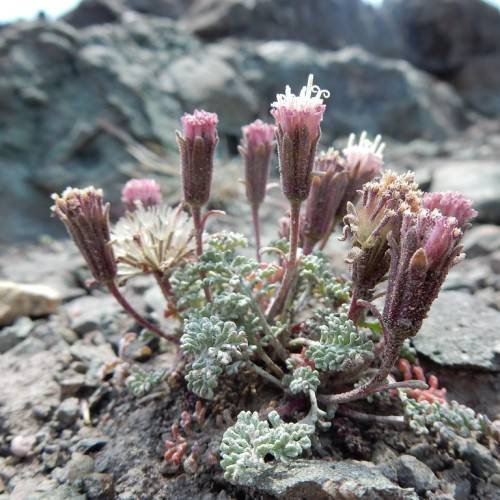
Alpine Dustymaiden
Chaenactis douglasii var. alpina
Watering:
Minimal
Hardiness Zone:
Sun:
full sun,part shade
Growth Rate:
Low
Drought Tolerant:
Yes
Salt Tolerant:
Yes
Care Level:
Medium
watering
Hoary Pincushion is a drought tolerant plant and requires very little water in order to thrive. During the summer months, water the plant every 10 to 14 days, either early morning or late evening, to prevent evaporation and ensure better absorption. Keeping the soil slightly moist during these times is optimal. During winter months, water once a month, or simply wait until the plant shows signs of wilting. Water slowly and deeply, allowing the soil to become thoroughly saturated.
sunlight
Hoary Pincushion (Chaenactis douglasii) typically requires 5 or more hours of direct sunlight each day for healthy growth. This plant does best when planted in a location that gets full sun in the morning and some shade in the afternoon. Hoary Pincushion does not handle extreme temperatures, and its flowers will last longer in cooler climates. If exposed to extreme temperatures, it is advised to provide protective shade to help keep the plant safe.
pruning
For Hoary Pincushion, it is best to prune in late winter or early spring before new growth begins. This encourages healthy new growth and will help maximize flowering for the season. Remove any dead, damaged, or diseased branches and make sure the plant is not overcrowded. It is important to not remove too much foliage as it can harm the growth of the plant. Always use sharp pruning shears and make sure to sterilize them after each use to keep disease from spreading. Pruning should be done lightly, removing no more than 30% of the plant's growth at any 1 time.
